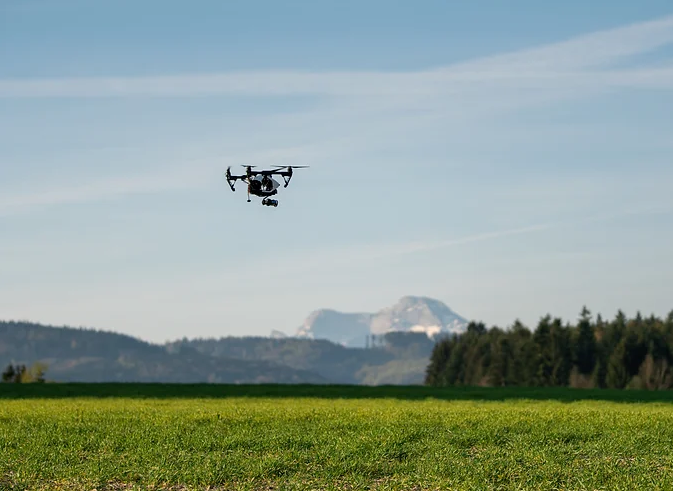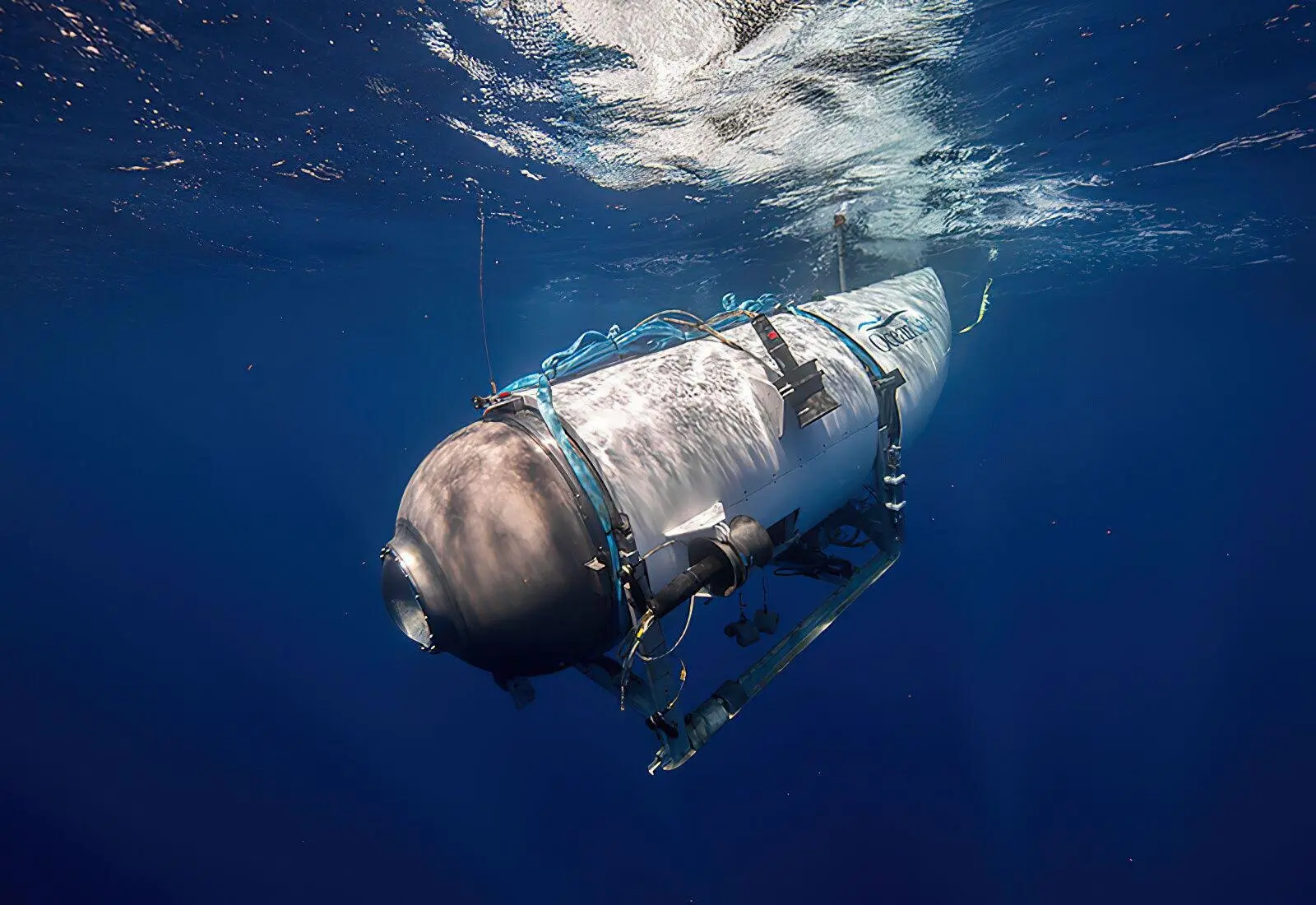The Impact of Artificial Intelligence on Drone Technology
- Srusti UB
- Jul 15, 2023
- 1 min read
Updated: Sep 16, 2023
Welcome to the world of AEREGO, where technological advancements in the air and artificial intelligence are redefining the potential of drones. Begin an exciting journey as we reveal the disruptive potential of artificial intelligence in drones. Join us as we examine the innovative developments made possible by AEREGO that are revolutionizing aerial technologies.

The development of drones is significantly impacted by artificial intelligence. Thanks to artificial intelligence (AI), which also gives them the ability to function independently and accurately execute difficult tasks, drones today have more abilities than just physical control.
Let's look at how AI is applied to drone technology in more detail !!
Future Applications of UAVs
1. Fly in Autonomous Mode

Drones with artificial intelligence (AI) that can fly and navigate on their own are verbally expressed to have autonomous flight capabilities. By utilizing cutting-edge technologies like computer vision systems, GPS, lidar, and cameras to identify and eschew obstacles, calculate the best flight courses, and habituate to transmuting circumstances, this is made possible. Perspicacious decisions are made about how to traverse the terrain by AI drones, which visually examine and comprehend their circumventions. Drone autonomy has many utilizations, including airborne surveillance, rescue missions, infrastructure inspection, and package distribution.
2. Advanced imaging and analysis

Drones with AI engines are capable of carrying out complex imaging and analysis tasks utilizing a variety of sensors, including thermal, multispectral, and hyperspectral cameras. These drones are able to take high-resolution pictures, analyze them instantly with computer vision and machine learning techniques to find objects and patterns, and then turn the information into useful information. They can be applied to a variety of tasks, including agriculture, infrastructure inspections, environmental monitoring, and more because of this. However, the specific hardware and software employed, along with the knowledge and skills of the drone pilot and data analyst, all affect the capabilities of these drones. Drone photography is improved by AI algorithms, which enable better picture processing, categorization, and recognition. Drones with AI on board can take high-resolution photos or videos, process them in real-time, and derive insightful information like item identification, tracking changes over time, or anomaly detection.
3. Crop monitoring and precision farming

Precision Agriculture and Crop Monitoring by AI drones involve the use of unmanned aerial vehicles (UAVs) equipped with various sensors for data collection. Artificial intelligence methods can then be used to analyse this data in order to learn more about the health of the crops, their growth rates, pest infestations, and other factors. With the use of this technology, farmers can decide more intelligently when to apply pesticides, fertilizer, and irrigation, thus improving yields and resource management. Drones with AI capabilities and multispectral or hyperspectral sensors may gather comprehensive data on crops, soil quality, and vegetation health. Farmers might gain useful insights from AI algorithms' analysis of this data by identifying regions that need irrigation or fertilizer, spotting illnesses or pests, or improving crop management techniques.
4. Checking and maintaining infrastructure

AI-enhanced drones can more effectively and accurately assess infrastructure, such as bridges, buildings, or electricity lines. Drones using high-definition cameras and AI algorithms are able to identify and assess possible problems in infrastructure, including electricity grids, highways, and bridges. In order to reduce the need for human inspections and increase safety, the data acquired by these drones may be analyzed to pinpoint areas that need immediate attention. Drones can also be utilized for maintenance and repair work on other infrastructure elements, like power transmission lines, which can lower maintenance costs and boost productivity.
5.Delivery and Logistics Optimization

Operations for drone delivery and logistics are optimized by AI algorithms.
UAVs powered by AI have the potential to significantly improve logistics and delivery processes. Drones can reduce costs and speed up delivery times by identifying the best routes, monitoring traffic and weather conditions in real time, and making quick adjustments to their flight patterns. The entire delivery process can be streamlined by using AI-powered drones to analyze data on package weight, size, and destination to identify the best method to bundle and distribute packages. However, putting in place logistics and delivery systems using AI drones could need more infrastructure and regulatory approval. UAVs with AI capabilities can also adjust to changing conditions and make quick decisions, increasing the efficiency of delivery services as a whole.
6. UAVs as Collaborative Swarms
A team or group of UAVs that cooperate in a coordinated and synchronized way to complete a task or objective is referred to as a collaborative swarm of UAVs. Drones can cooperate to do tasks like surveying vast areas, executing search and rescue missions, or putting on synchronized aerial displays thanks to swarm intelligence algorithms. To work together efficiently and finish duties like surveillance, mapping, and scientific investigation, these drones frequently depend on complex algorithms and communication protocols. Collaborative drone swarms have a wide range of possible uses, including environmental monitoring, military missions, and search and rescue activities.
7.Security and Defense

UAVs with AI capabilities can improve security and defence in a variety of ways. To gather information on prospective dangers, spot unauthorised access into restricted regions, and keep an eye on sensitive assets like infrastructure, borders, or coasts, they can offer remote surveillance and reconnaissance. They can also be used to manage disasters, respond to catastrophes, and deliver real-time situational updates. UAVs that are AI-powered have the ability to fly autonomously, which allows them to operate without the need for a human operator and perform duties like security patrols, target acquisition, and precision strikes. As a result, prospective risks can be dealt with more effectively and with quicker response times. Drones with AI capabilities have the potential to greatly improve security and defense operations by enhancing human capabilities, enhancing situational awareness, and increasing operational effectiveness.
Conclusion
Overall, the integration of AI into drone technology has revolutionized their capabilities and expanded their applications across various industries. From autonomous flight and intelligent object detection to precision agriculture and infrastructure inspection, AI empowers drones to perform complex tasks with increased efficiency, accuracy, and autonomy. AI Drones can do a lot that favours us. Drone capabilities have significantly increased thanks to AI. It is only possible that drones will continue to become smarter in the upcoming years given the amount of money and effort being poured into this direction. Overall, the incorporation of AI into drone technology has advanced their capabilities and broadened the industries in which they are used. AI enables drones to accomplish complicated tasks with increasing efficiency, accuracy, and autonomy, from autonomous flight and intelligent object detection to precision agriculture and infrastructure inspection. So let's explore more on UAVs with AEROGO













Comments